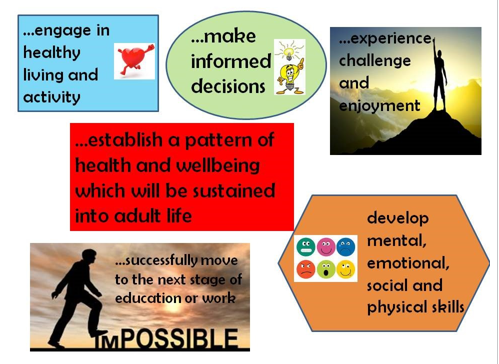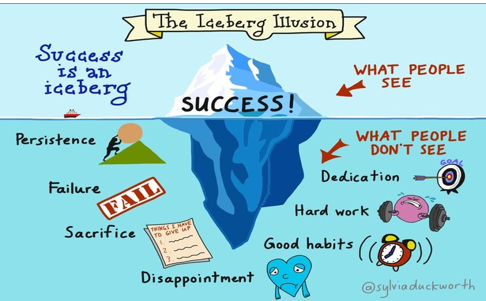What are the main purposes of learning in health and wellbeing?
Learning in health and wellbeing ensures that children and young people develop the knowledge and understanding, skills, capabilities and attributes which they need for mental, emotional, social and physical wellbeing now and in the future. Learning through health and wellbeing enables children and young people to:
It also enables some to perform at high levels in sport or prepare for careers within the health and leisure industries. Learning through health and wellbeing promotes confidence, independent thinking and positive attitudes and dispositions.
The Curriculum for Excellence factfile – Health and Wellbeing provides a useful introduction under the topics of:
https://education.gov.scot/Documents/health-and-wellbeing-pp.pdf

Developed by Carol Dweck (2006). Research evidence built up over the last decade shows that:
This is NOT an initiative; it's about long-term culture change.

